Researchers create a method to fine tune the properties of nanoparticles, making them a promising treatment for cancer.
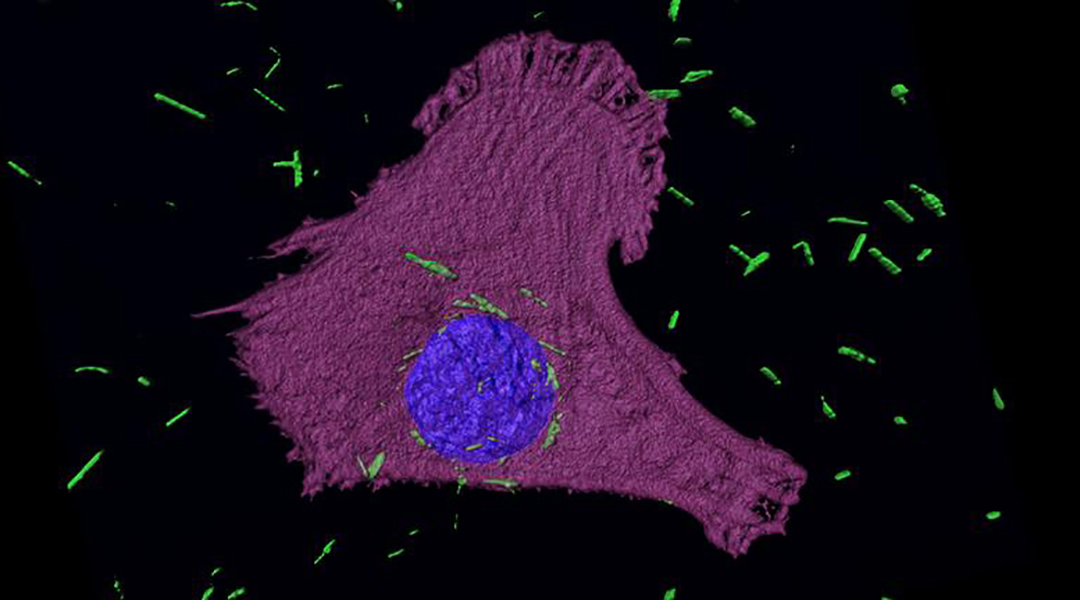

Researchers create a method to fine tune the properties of nanoparticles, making them a promising treatment for cancer.
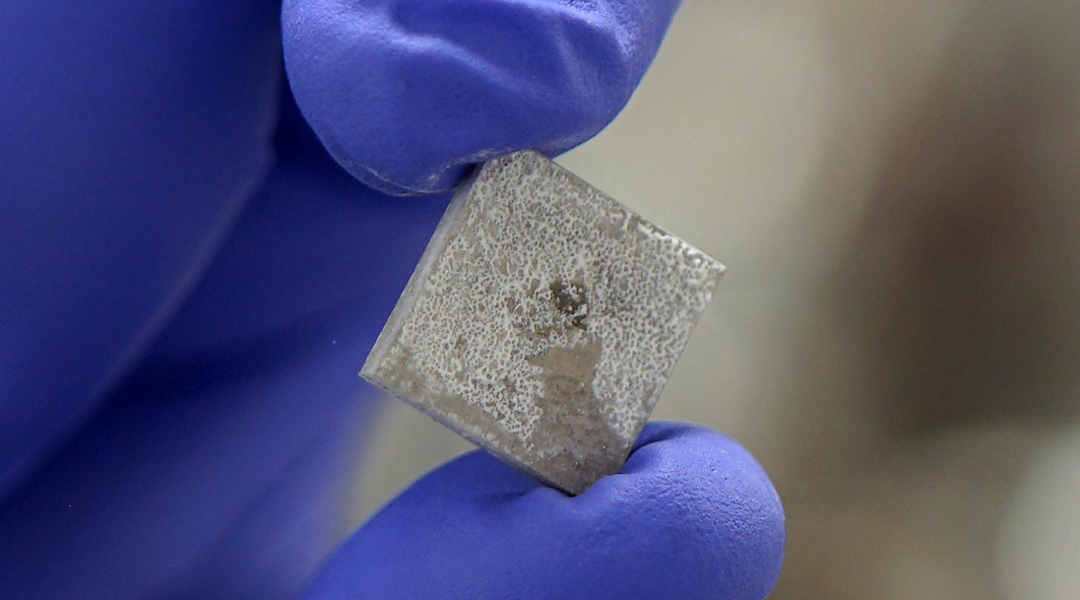
Superior coating performance achieved compared to existing clinical products, allowing better artificial bone synthesis and coating on the surface of metal and polymer materials.

Tiny moon shadows may harbor hidden stores of ice.

Researchers have developed an innovative method to make advanced coating materials for “smart” sub-ambient radiative cooling in large-scale building applications.
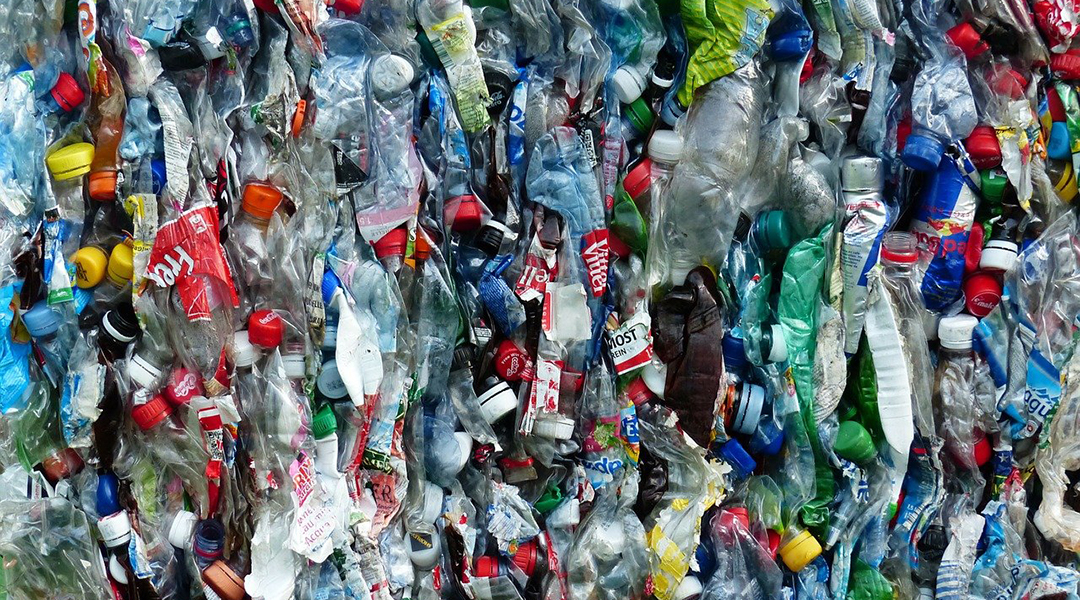
Researchers develop an efficient, low-energy method for upcycling polyethylene plastic waste into valuable molecules that can be repurposed for further use.

New research is uncovering the importance of small predatory species in shaping ecosystems and managing threatened populations.
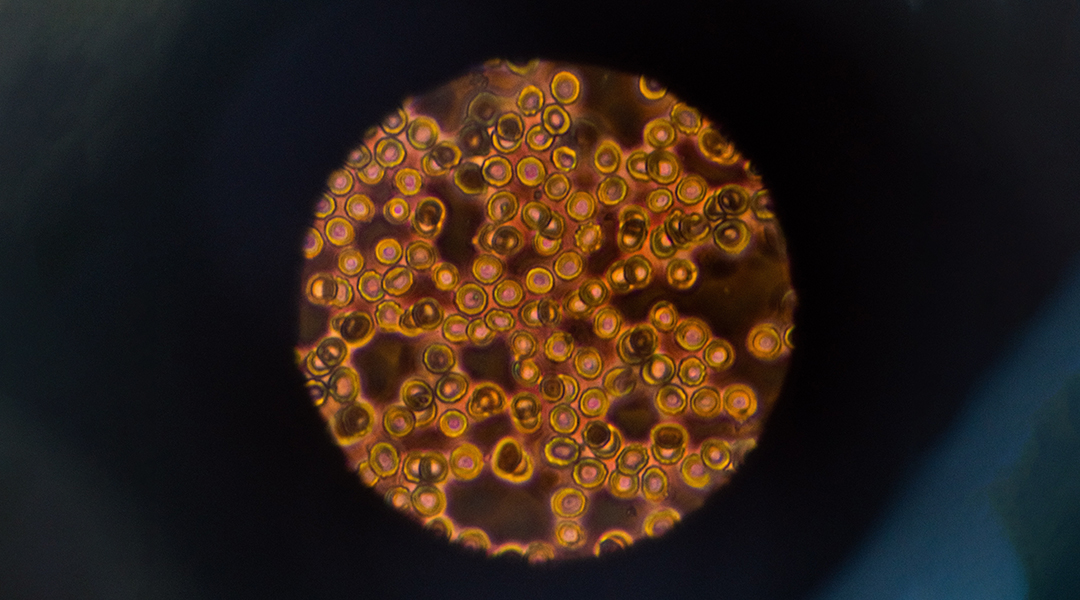
A new mechanism to produce powerful biodegradable elastomers with a promising future in tissue regeneration.
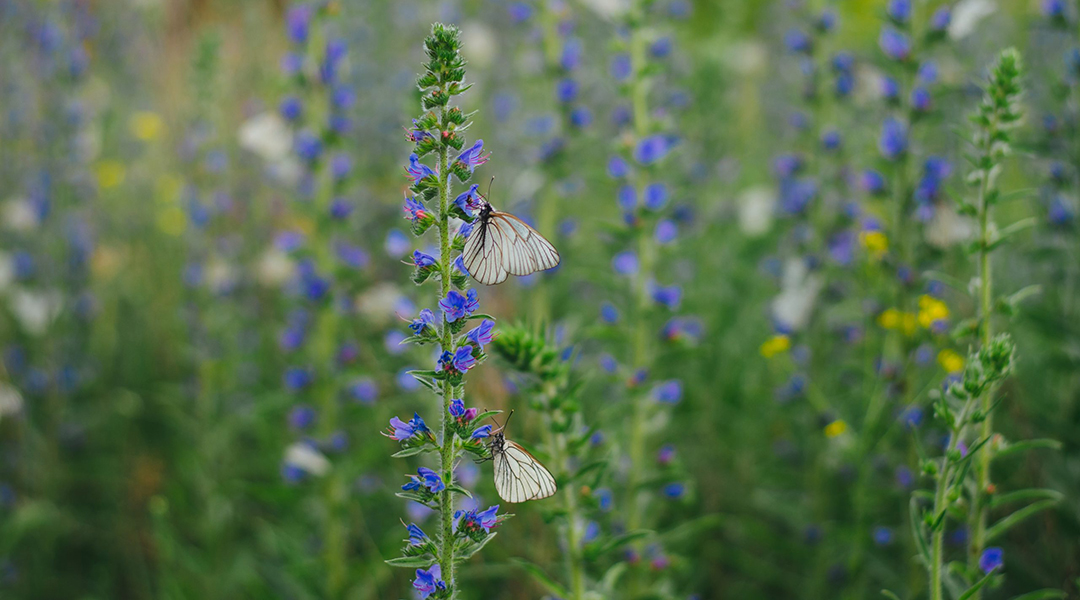
Some species of butterfly rely on shade to regulate their body temperature when it gets too hot.

An extensive study shows that the fragile Arctic landscape is changing right before our eyes. While we cannot stop the transformation, we can mitigate its effects if we reduce greenhouse gas emissions and slow climate change.

Pressing a layered crystal onto a gold surface is all it takes to pull off a 2D atomic layer, a method that outperforms scotch tape on industrially relevant scales.